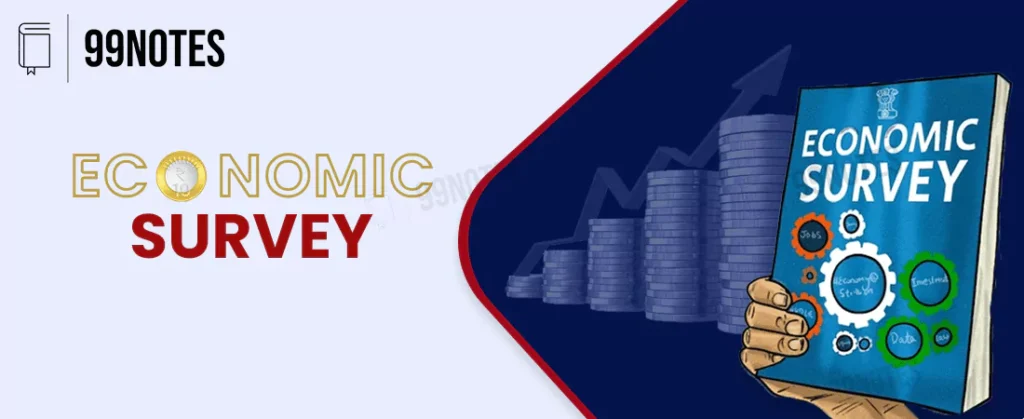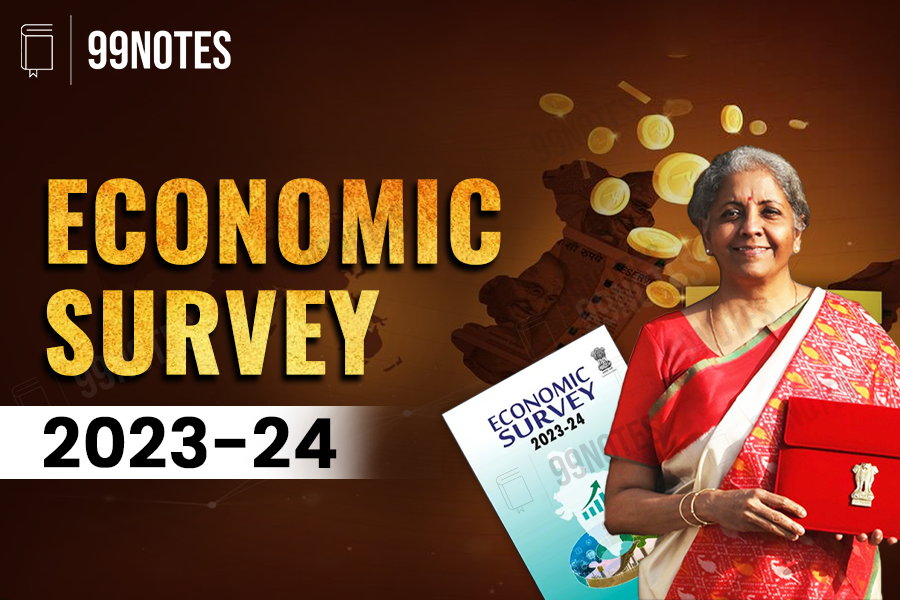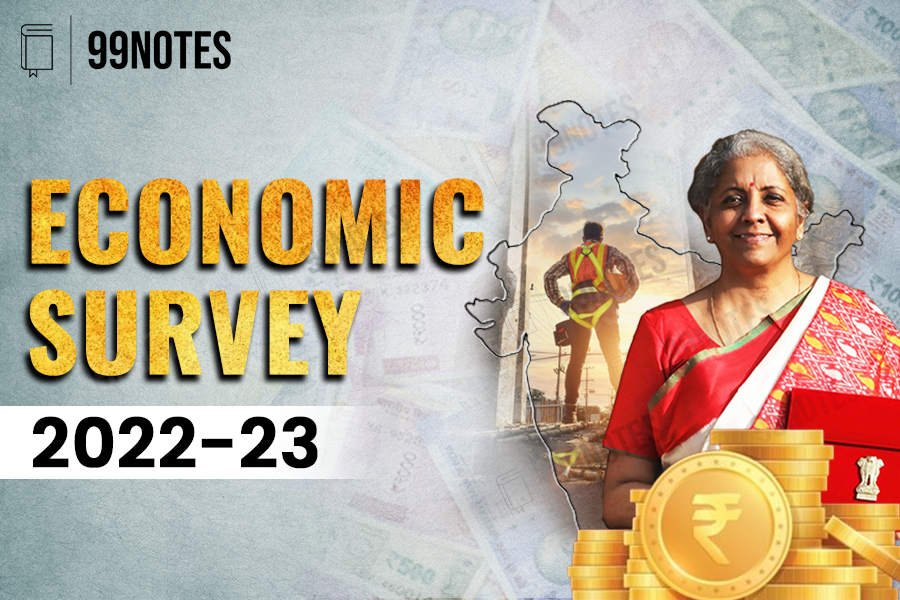
Economic Survey

Economic Survey 2023-24
The global economic recovery post-pandemic was well on track before the Russian-Ukraine conflict broke out. However, the conflict disrupted the supply chain of critical commodities.

Economic Survey 2022-23
The Indian economy has made several strides in the last few decades. This chapter covers India’s economic growth story in the last few years and compares it with several key indicators of the last few decades.
